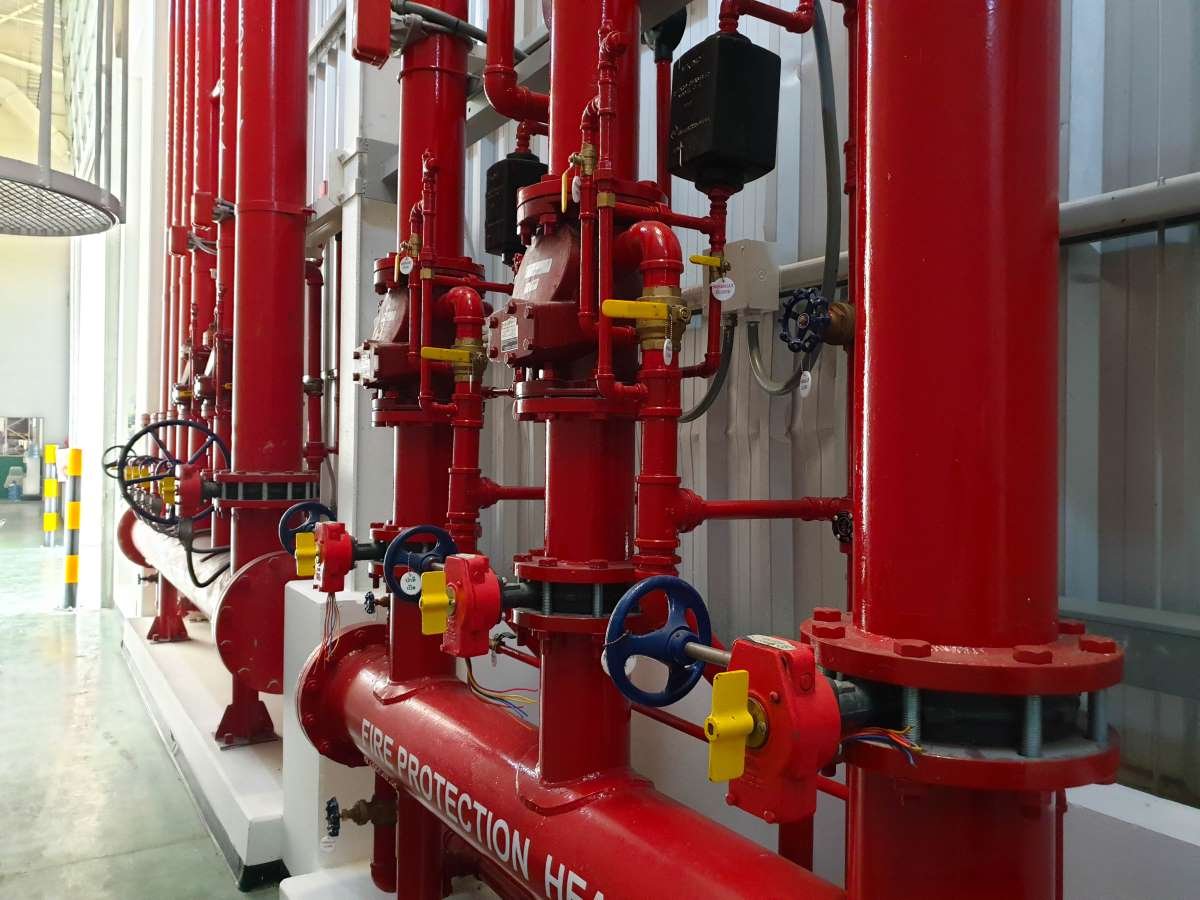
Standpipe systems are a group of pipes that connect a hose to an adequate water supply. They are part of the fire hydrant system, and are strategically placed in various locations around a building. Many new structures have a combination system of fire sprinklers and standpipe systems, while many older buildings only have a standpipe system. They are usually in buildings with a large floor area or multiple stories, where most of the structure is far away from any entrance or exit.
The National Fire Protection Association (NFPA) requires standpipe systems to undergo testing when they are installed, as well as regular ongoing maintenance tests after installation. This includes above-ground testing and underground testing. This article gives an overview of the main testing, maintenance, and inspection requirements as mandated by the NFPA.
Inspection and Maintenance
Standpipe systems have a rather simple design but do require regular inspection for the sake of safety. The NFPA requires that a standpipe system be regularly inspected to verify the following:
- The system isn’t damaged and has no leakage
- Control handles are secured in place
- The equipment is clearly labeled and easily accessible
- Hose and cap gaskets are not dry-rotted
Maintenance
- All valves and hose connections should be operated and lubricated to ensure safe and effective operation
- All hoses should be removed from racks and reloaded because it is necessary to change the orientation of the folds
Weekly and Monthly Inspections:
- All valves, including the post indicator valve and control valve. Valves secured with locks or are supervised are exempt from weekly inspections, and can instead be inspected monthly.
- Automatic standpipes can be inspected monthly, but gauges on pre-action, dry, and deluge valves, should be inspected weekly to test for adequate air and water pressure levels.
Annual Inspections
Annual inspections include the following:
- All standpipe pressure-regulating devices
- Hose connections and nozzles, along with all hoses, hose storage devices, and hose cabinets
- All piping
Testing Requirements
The NFPA mandates that standpipe systems undergo regular testing for proper operation and safety. Only trained service personnel, such as those found at Koorsen Fire and Security, should conduct the tests at the following frequencies:
Semi-Annually:
- Supervisory signal devices
- Valve supervisory devices
- Alarm devices
Annually:
- Hose nozzles and hose storage devices
- Main drain
Every five years:
- Pressure test for hoses after 5 years of installation, and every 3 years after the initial 5 year period
- A comprehensive backflow preventer test
- Control valves and pressure-reducing valves
- A full system flow test
- Dry standpipe system piping should undergo a hydrostatic test every 5 years
- A comprehensive flow test
Have Koorsen Inspect, Test, and Maintain Your Building’s Standpipe System
Your standpipe system needs to undergo a series of regular inspections, tests, and maintenance items, but that doesn’t mean the process needs to be confusing. At Koorsen, our professionals simplify the process to ensure that your system remains safe and up to code. Contact Koorsen today to learn more!

